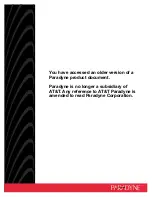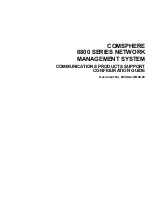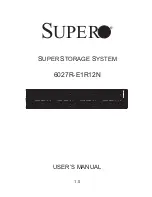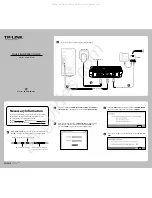
3Com Switch 8800 Configuration Guide
Chapter 31 MBGP Multicast Extension Configuration
31-1
Chapter 31 MBGP Multicast Extension
Configuration
31.1 MBGP Multicast Extension Overview
31.1.1 Introduction
At present, the most widely used inter-domain unicast routing protocol is BGP-4.
Because the multicast topology may be different from the unicast topology, BGP-4 must
be modified in order to implement the transmission of inter-domain multicast routing
information. Some routers in the network may only support unicast rather than
multicast and may not forward multicast packets since the particular policy requires that.
To construct inter-domain multicast routing trees, you need to know the unicast routing
information as well as the information of multicast-supporting parts of the network,
namely, the multicast network topology.
BGP-4 has been proved to be an effective and stable inter-domain unicast routing
protocol. Therefore, it is more rational to enhance and extend the BGP-4 protocol than
to construct a new protocol. RFC2858 provisions the multi-protocol extension method
for BGP. The extended BGP (MBGP, also written as BGP-4+) can not only carry IPv4
unicast routing information but also the routing information of other network layer
protocols (such as multicast, IPv6). Carrying multicast routing information is only one of
the extended functions. This chapter describes mainly MBGP extension for multicast.
MBGP enables unicast and multicast routing information to be exchanged through the
same process but stored in different routing tables. As MBGP is an enhanced version of
BGP-4, all the common policies and configuration methods that BGP-4 supports can be
applied to multicast.
31.1.2 MBGP Extension Attributes for Multicast
To make MBGP support multicast, RFC2858 defines two new route atttributes in the
UPDATE message: MP_REACH_NLRI (multiprotocol reachable NLRI) and
MP_UNREACH_NLRI (multiprotocol unreachable NLRI). They are all optional
non-transitive attributes, that is, routers that do not support MBGP can ignore the
information in the attributes and not forward the attributes.
Among the information carried by MP_REACH_NLRI and MP_UNREACH_NLRI, AFI
(Address Family Identifier) and SAFI (Subsequent Address Family Identifier) can
identify for which address family the information is. SAFI is a complement to NLRI
(Network Layer Reachability Information), with value 1 for the unicast mode of NLRI,
and value 2 for the multicast mode of NLRI.















































